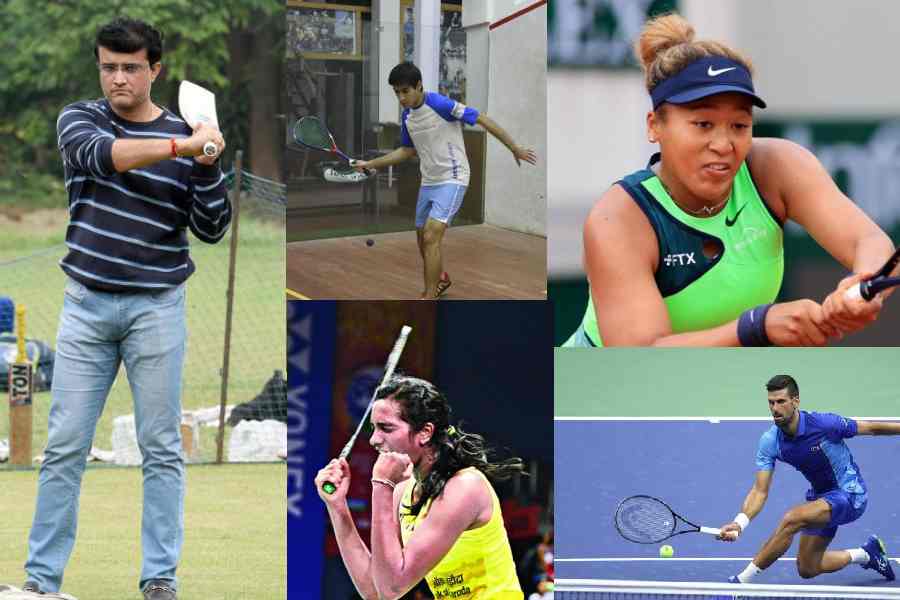As a coach specialising in mental performance mastery, I have observed how sports champions and legends like Sourav Ganguly and Leander Paes, alongside global sports stars, achieve greatness by understanding the two aspects of their minds: the analytical mind (Self 1) and the instinctive mind (Self 2). These concepts, derived from W. Timothy Gallwey’s book, The Inner Game of Tennis, are a foundational work that has influenced several tennis, badminton, cricket, and squash superstars.
Self 1: The Analytical Mind
Imagine yourself in the position of an athlete such as Roger Federer. During matches, Self 1 takes control by analysing every move, providing instructions on shot selections, and evaluating his performance. However, relying excessively on Self 1 can lead to overthinking and impede play on the court.
Self 2: The Instinctive Mind
Now consider someone like Tai Tzu-ying in badminton, known for her finesse. Tai’s Self 2 shines. This part of her mind is instinctive and relies on practice, muscle memory, and intuition. It enables her to execute shots and swift movements.
Strategies for enhanced performance
Calming oneself through mindfulness: Consider the case of professional squash player Ramit Tandon. When faced with moments, he relies on the power of mindfulness and controlled breathing to calm his mind, allowing his natural game to take control.
Trusting instincts and embracing oneself: Take a look at the remarkable tennis player Naomi Osaka. Her exceptional strokes and graceful movements stem from years of training that have led her to trust her instincts, enabling her to shine through play.
Remaining aware with precision: P.V. Sindhu, a badminton star, stays focused without passing judgment. Her mindful approach helps her stay alert, study her opponents, and respond instinctively, ultimately securing points.
Striking a balance between aspects of oneself: Tennis icon Novak Djokovic has found harmony by balancing parts of himself. He hones his techniques with practice (Self 1). He gives himself permission to follow his intuition when competing (Self 2).
The transformative integration
These strategies liberate athletes from overthinking (Self 1) and allow them to blend their abilities (Self 2), resulting in peak performance. This fusion empowers legendary athletes like Sourav Ganguly and Leander Paes and present superstars like P.V. Sindhu, Ramit Tandon, and Virat Kohli, enabling them to trust their instincts, silence their doubts, and demonstrate their skills across various sports such as tennis, badminton, squash, and cricket.
Understanding how Self 1 interacts with Self 2 can truly revolutionise one’s approach to sports. It is important for athletes to tap into their potential and excel in the competitive sports arena. In my experience, it has become evident that achieving success in sports hinges greatly on mastering one’s mindset and mental abilities.
Anwar Wahhab is a Mental Performance Mastery Coach and a Bioprint practitioner. You can reach him at
anwarwahhab@awefitness.com
